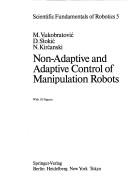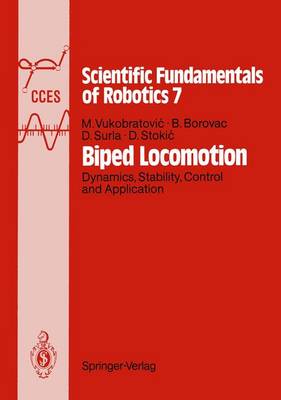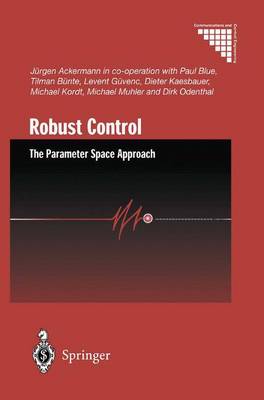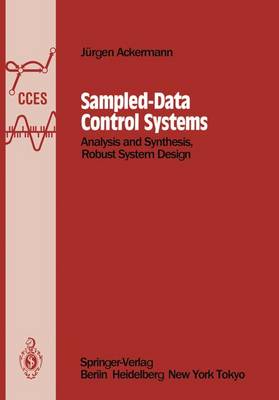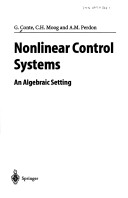Communications and Control Engineering
4 primary works • 7 total works
Book 4
Book 5
Non-Adaptive and Adaptive Control of Manipulation Robots
by Miomir Vukobratovic
Book 6
Book 7
Chapter 4 treats controllability and reach- ability of discrete-time systems, controllability regions for con- strained inputs and the choice of the sampling interval primarily under controllability aspects. Chapter 5 deals with observability and constructability both from the discrete and continuous plant output. Full and reduced order observers are treated as well as disturbance observers.

